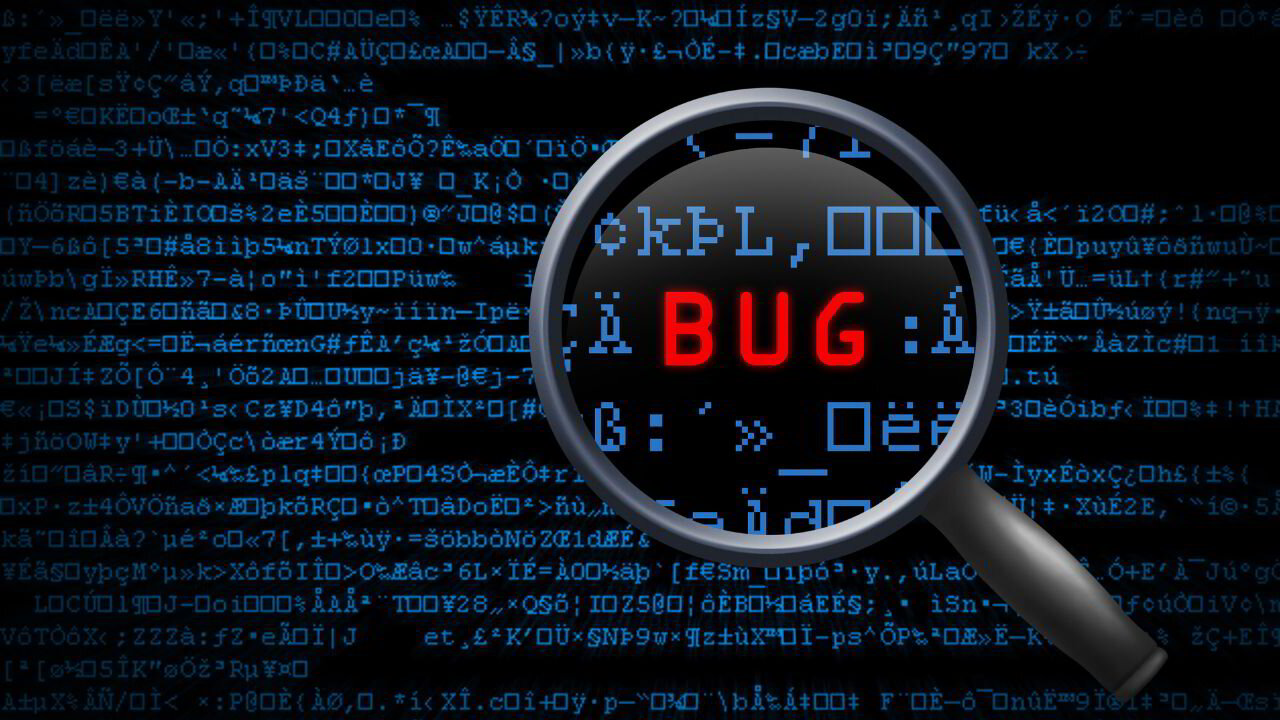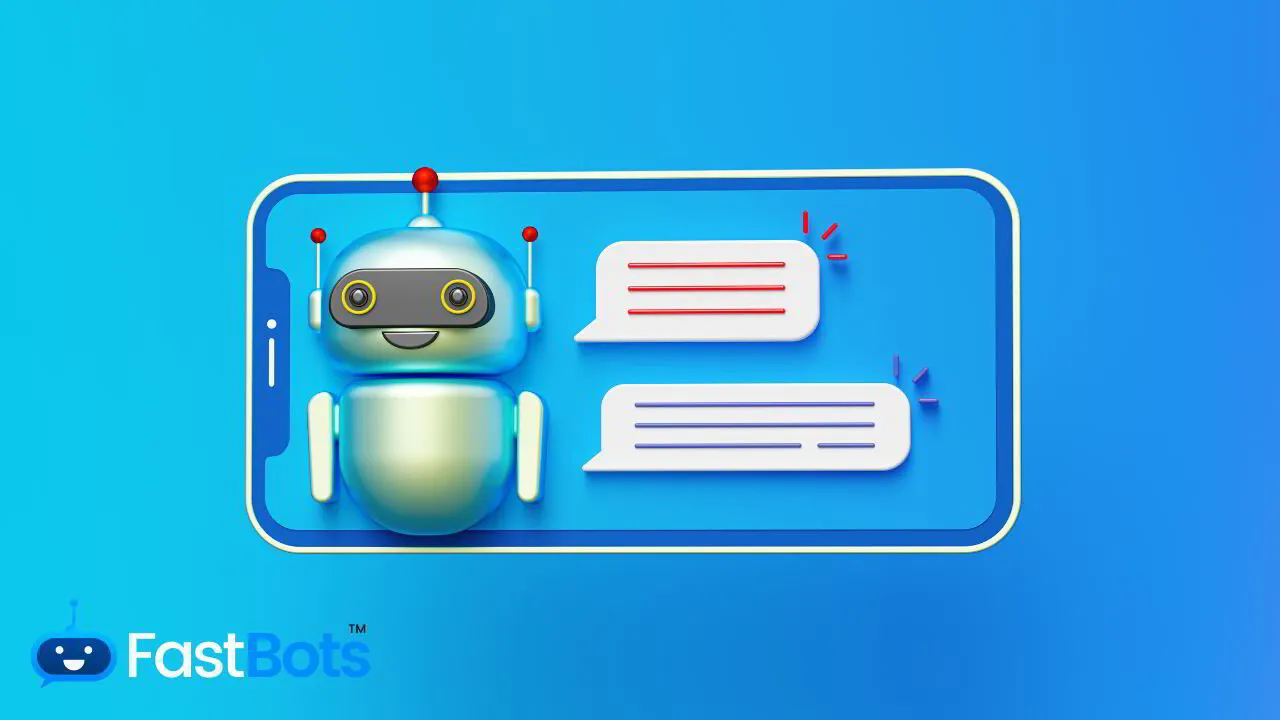Creating a ChatGPT plugin can significantly enhance the capabilities of your chatbot, enabling it to perform specialised functions and integrate with other services. By following a set of structured steps, you can build a plugin that communicates with the ChatGPT API, processes the data accordingly, and adds custom functionality to your existing system. This process calls for an understanding of the OpenAI API, software development skills, and an ability to work with JSON data structures.
Developing your own ChatGPT plugin begins with setting up the development environment, which includes obtaining the necessary API keys from OpenAI and setting up the programming environment with the language of your choice. You will also need to familiarise yourself with the OpenAI documentation to understand how to make requests to the ChatGPT API and handle responses effectively.
The next step is to plan the logic of your plugin. This involves deciding what tasks it will perform, how it will interact with users, and how it will process the information received from the ChatGPT API. You will need to write clean, maintainable code to implement this logic and thoroughly test your plugin to ensure it works reliably and securely in different scenarios. By meticulously planning and coding, you can create a useful and efficient ChatGPT plugin tailored to your specific needs.
Understanding ChatGPT Plugins
Before integrating plugins into ChatGPT, it is imperative to grasp their structure and the underlying principles that allow them to enhance the chatbot's functionality.
Plugin Architecture
ChatGPT plugins operate on a framework that extends the chatbot’s capabilities without altering its core code. Plugins act as modular extensions, plugged into the chatbot platform to provide additional functionality or access to external services. You’ll find that a plugin consists of several components:
- Handlers: Functions that process incoming information and determine the plugin's behaviour.
- Hooks are defined points in the ChatGPT processing pipeline where plugins can integrate seamlessly.
- Configuration: Settings that customise the plugin's operation, such as API keys for external services.
These elements work together to create a robust and flexible system that can be tailored to your specific requirements.
Core Concepts
Understanding core concepts is crucial when working with ChatGPT plugins.
- Interoperability: Plugins must be able to work in unison with ChatGPT and other plugins, sharing data and functionality without conflicts.
- Scalability: Your plugins should be designed to efficiently handle increased loads or expand functionality as needed.
- Maintainability: Code should be organised and documented to allow for easy updates and troubleshooting.
By honing in on these central ideas, you'll enhance your proficiency in developing ChatGPT plugins that are reliable, versatile, and user-friendly.
THE EASIEST WAY TO BUILD YOUR OWN CHATGPT
In less than 5 minutes, you could have an AI chatbot fully trained on your business data assisting your Website visitors.
Setting Up the Development Environment
Before you begin crafting your ChatGPT plugin, it's imperative that you configure your development environment properly. This involves installing essential tools and setting up your workspace to facilitate an efficient development process.
Required Tools and Libraries
To kickstart your development, you'll need to have the following tools and libraries installed:
- Python: Ensure that you have Python (version 3.7 or higher) installed on your system. You can download it from the official Python website.
- pip: Python’s package installer, pip, must be up-to-date. Use the command python -m pip install --upgrade pip to update it.
- virtualenv: A tool for creating isolated Python environments. Install it using pip. install virtualenv.
- ChatGPT Plugin Library: Obtain the most recent ChatGPT plugin library from the OpenAI source.
It's crucial that you also stay informed about the specific versions of the libraries compatible with the ChatGPT platform you're aiming to extend.
Workspace Configuration
Organising your workspace effectively is key to a smooth development experience.
- Create a dedicated project directory for your plugin.
- Inside this directory, initialise a virtual environment using the virtualenv tool. Activate it by running the source <env>/bin/activate command on Linux/macOS or <env>\Scripts\activate on Windows.
- Install the ChatGPT plugin library along with any other required packages within this environment.
- Ensure your code editor or Integrated Development Environment (IDE) is set to recognise the Python interpreter inside your virtual environment.
By meticulously following these steps, your development environment will be equipped with the necessary foundation to build a ChatGPT plugin.
Crafting Your First Plugin
Before diving into plugin creation, familiarise yourself with the two key aspects: structuring your plugin and developing its core features.
Defining the plugin structure
When you commence crafting a plugin, you must first outline its architecture. A well-defined structure ensures maintainability and scalability. Begin by creating a directory for your plugin and adding a metadata file, typically in JSON format, which contains details such as the plugin's name, version, and dependencies.
- Directory Structure Example:
- /your-plugin:root directory for your plugin
- metadata.json: Contains the plugin's information.
- /src:source code for your plugin
- /tests: Test scripts to verify functionality
Within the /src directory, separate your code logically, perhaps by functionality or purpose, to facilitate easy navigation and comprehension.
Developing Core Functionality
Your plugin's core functionality is its raison d'être; focus on delivering robust and efficient code. Initiate by setting up the main logic that interacts with the chat environment and addresses user inputs. Use programming best practices like commenting on your code and modularising functions to enhance clarity and reusability.
- Key Development Tips:
- Ensure that functions are concise and singular in purpose.
- Prioritise error handling to cope with unexpected user inputs or system issues.
- Regularly test your code with varying input scenarios.
In essence, the sturdiness of your plugin's structure, paired with the reliability of its core features, sets the foundation for a successful AI powered chatbot extension.

Testing and debugging
Before launching your ChatGPT plugin, it's imperative to enforce a rigorous testing and debugging process to ensure code quality and performance.
Writing unit tests
Unit tests are essential for validating the individual components of your plugin. To write effective unit tests, you should:
- Identify critical functions within your code that need testing.
- Use a testing framework suited to your development environment, such as JUnit for Java or pytest for Python.
- Write tests that cover a variety of inputs, including edge cases.
- Aim for high test coverage to encapsulate as much of your codebase as possible.
- Employ continuous integration (CI) to run tests automatically upon new commits to the code repository.
Debugging Techniques
When encountering unexpected behaviour or bugs in your ChatGPT plugin, consider the following debugging techniques:
- Console logging: Insert console.log or equivalent in crucial parts of the code to output variable states and programme flow.
- Utilise interactive debugging tools like pdb for Python or integrated debuggers within your IDE to step through the code and examine the state.
- Implement error handling that captures exceptions and provides insightful stack traces for pinpointing issues.
- Leverage community resources and documentation to understand common pitfalls and solutions within specific frameworks or libraries you're using.
- Consider using version control systems to compare functioning versions of code with current iterations to identify where bugs may have been introduced.
Deployment and distribution
Once your ChatGPT plugin is ready, understanding the deployment strategy and the process for submission is critical for successful distribution.
Preparing for Deployment
Before deployment, ensure that your code is thoroughly tested and adheres to all specified guidelines. Documentation is crucial; create clear README files and provide usage instructions. Check for dependencies and ensure compatibility with different environments, as users may deploy your plugin in varied setups. Packaging your plugin correctly enables smooth integration for end-users.
Plugin Submission Process
The submission process typically starts with creating an account on the platform where you wish to distribute your plugin, such as the OpenAI marketplace. Follow the submission guidelines meticulously, which will likely involve filling out a form providing detailed information about your plugin, including its features, requirements, and usage examples.
The plugin will undergo a review process, where it may be tested for functionality, security, and compliance with the platform's standards. If any issues arise, address them promptly and resubmit your plugin for review. Upon acceptance, your plugin will be published on the platform, making it available for users to install and integrate with their instances of ChatGPT.
Frequently Asked Questions
What is the average wait time for ChatGPT plugin approval?
Where can one find tutorial videos for ChatGPT plugin development?
How can a developer create an application with ChatGPT integration?
What are the steps for logging into the ChatGPT plugin developer console?
How can I access the official documentation for ChatGPT plugin development?
Is there a cost associated with using ChatGPT plugins, or are they provided at no charge?
THE EASIEST WAY TO BUILD YOUR OWN CHATGPT
In less than 5 minutes, you could have an AI chatbot fully trained on your business data assisting your Website visitors.


